The description of the Shenandoah Whitehall was clearly too good to be true: a modern boat with traditional lines, large enough to take an adult and a kid camping, relatively seaworthy, efficient under oars, and light enough to toss on the roof of the car. According to the Gentry Custom Boats web site, the Whitehall could be built in a one-car garage workshop and, for a few hundred dollars and a few dozen hours, provide a novice with both a manageable entry into boatbuilding and a capable—even excellent—small boat for all sorts of flatwater adventures.As a neophyte boat builder looking for a first project, I wanted all these things, but I couldn’t bring myself to believe that one boat could provide them. I reluctantly turned back to the haze of internet research. For the next year it was all reading, no building, but in the end, I came back around to the Shenandoah Whitehall. The author could row the easily-driven hull at a 3-knot cruising pace and hit 4.8 knots in a short sprint.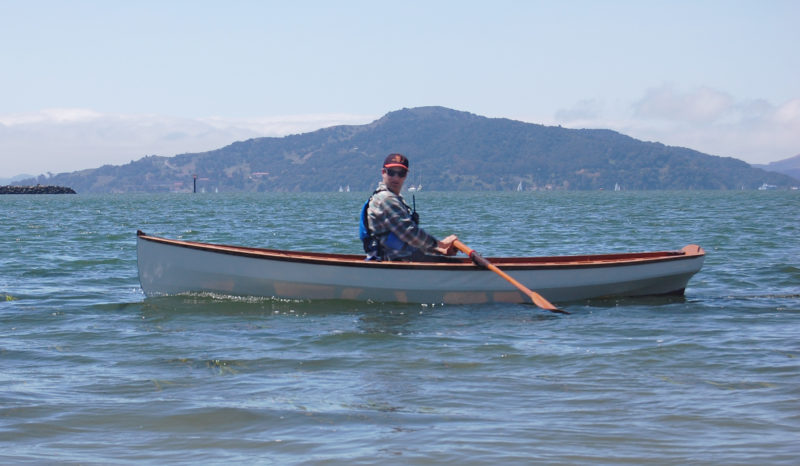 Virginia Reinhart
Virginia Reinhart
Join The Conversation
We welcome your comments about this article. If you’d like to include a photo or a video with your comment, please email the file or link.
Comments (9)
Leave a Reply
Stay On Course

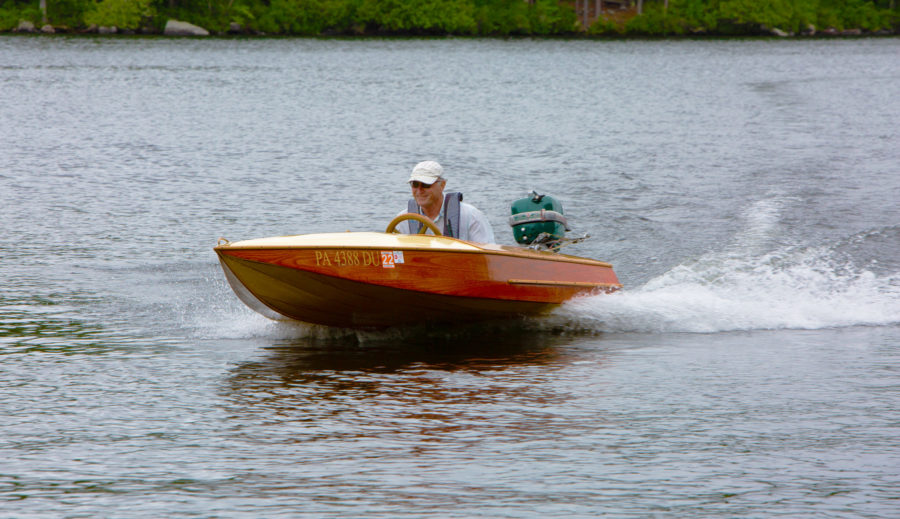
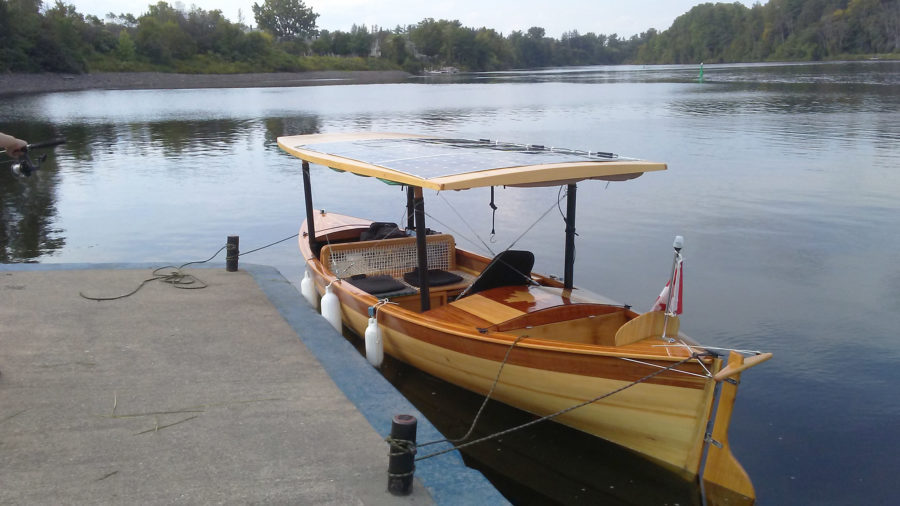
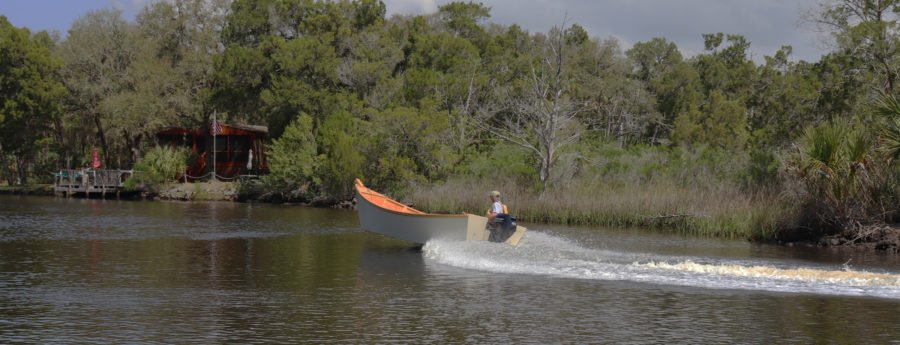
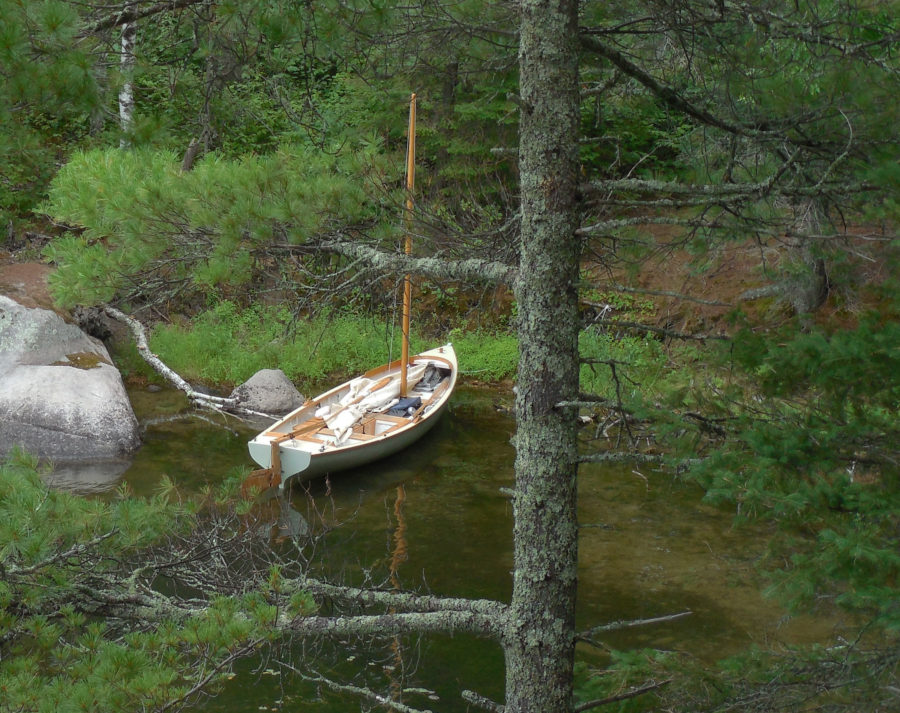
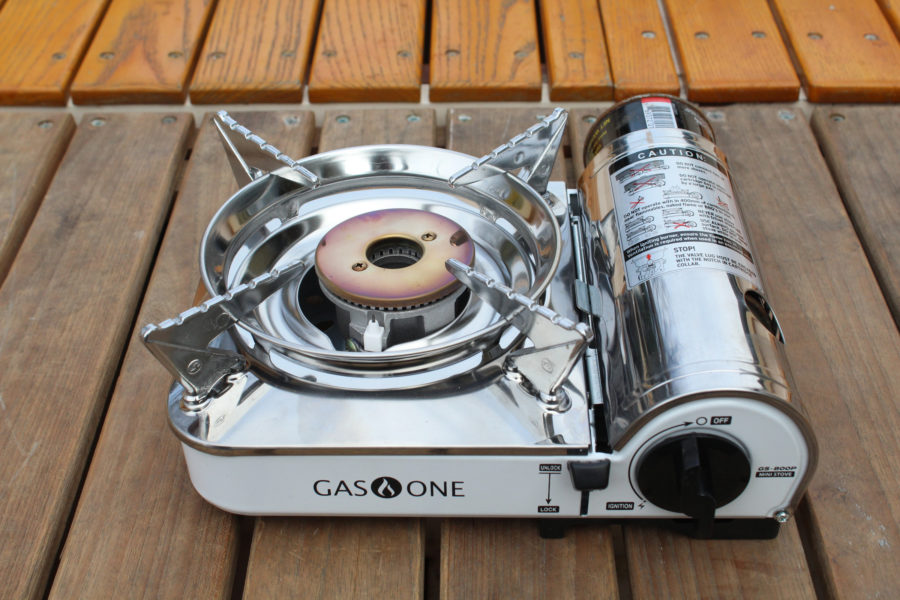
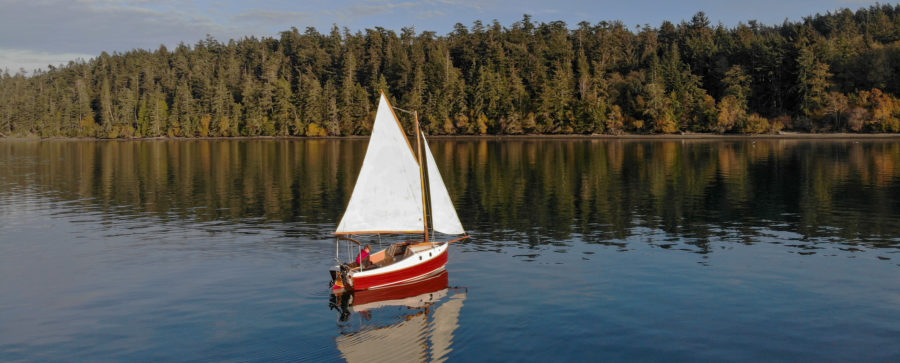

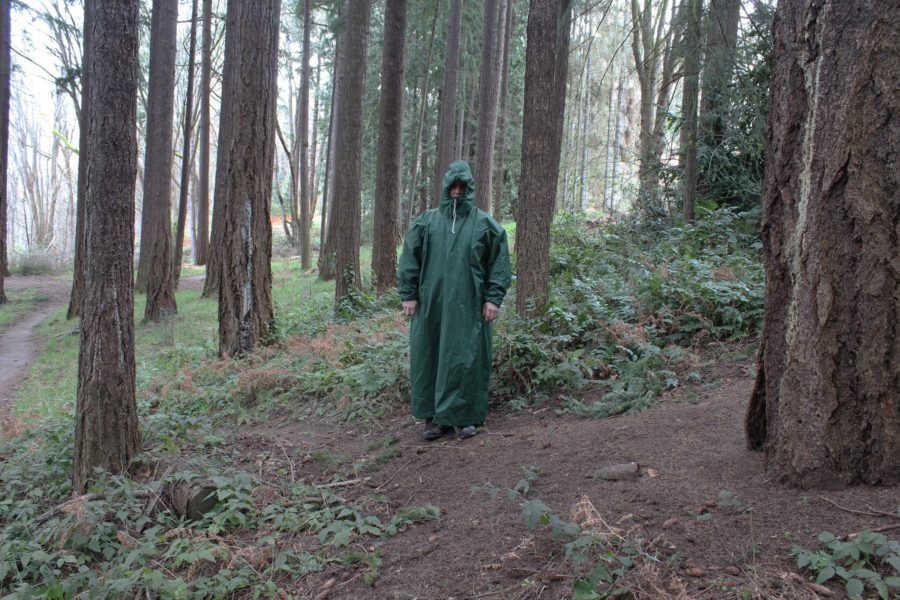


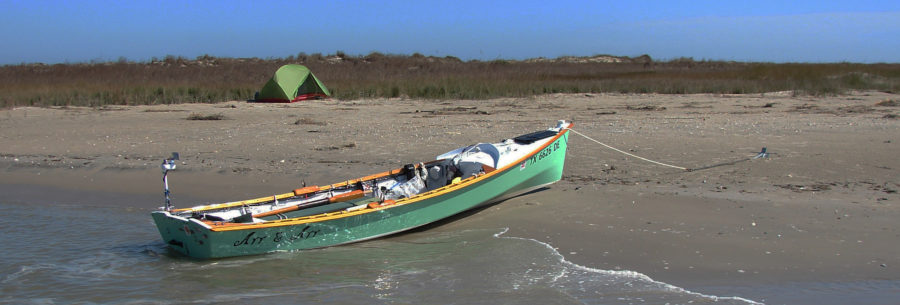
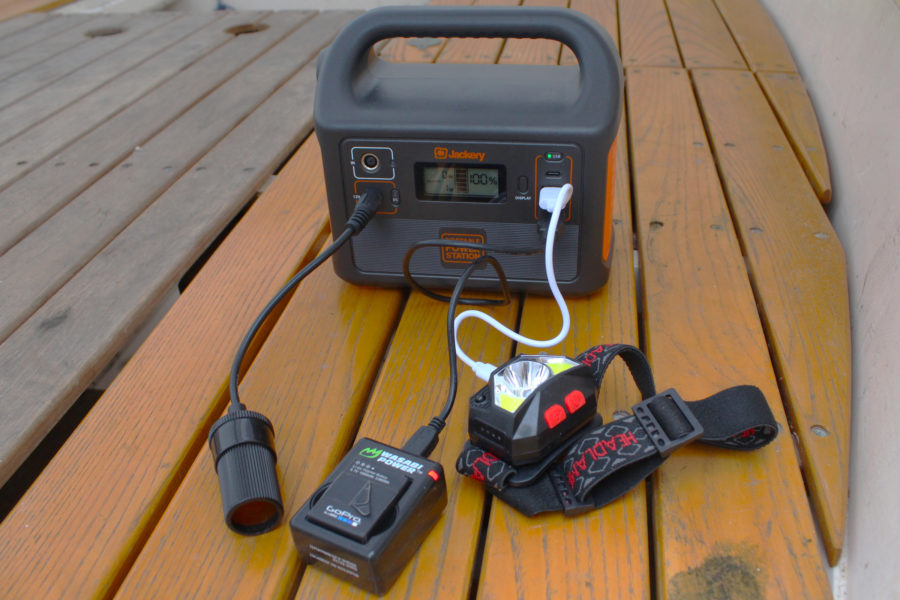

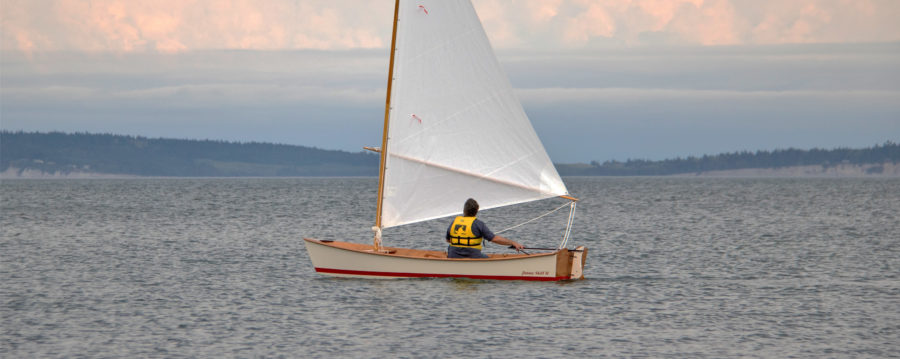
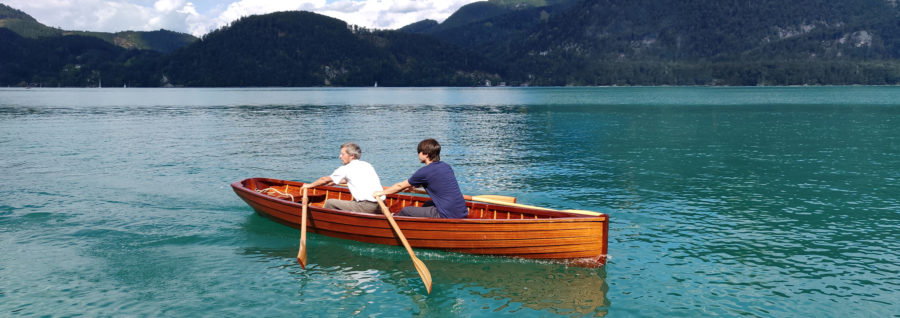
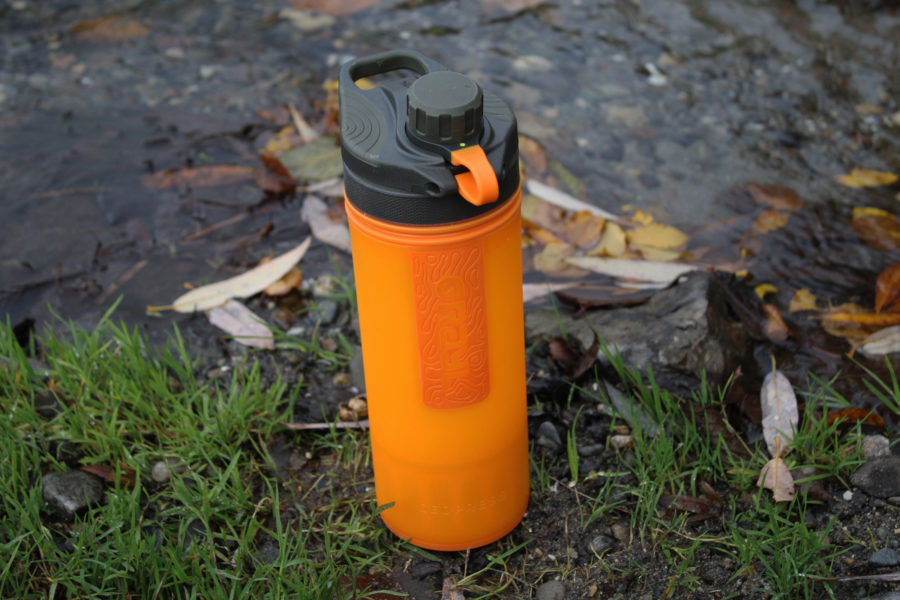
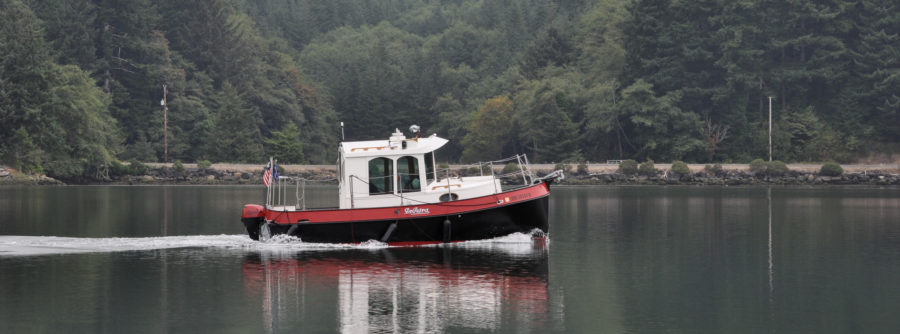
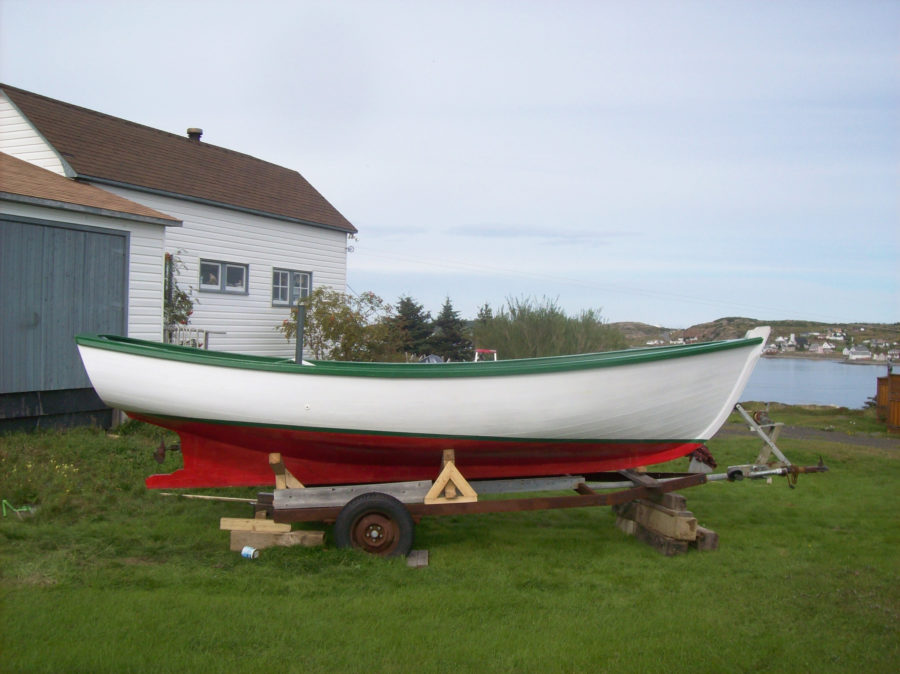
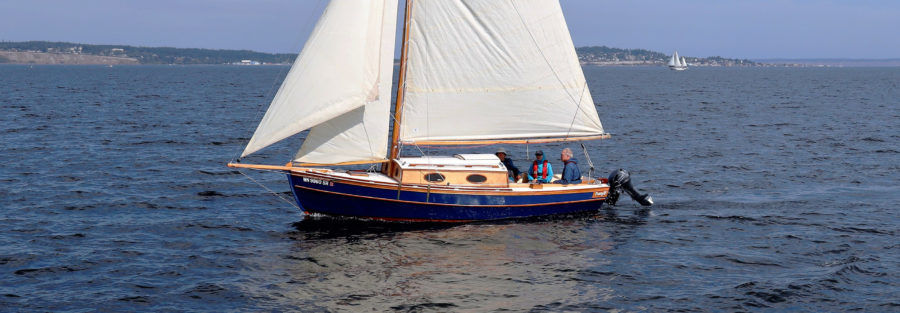
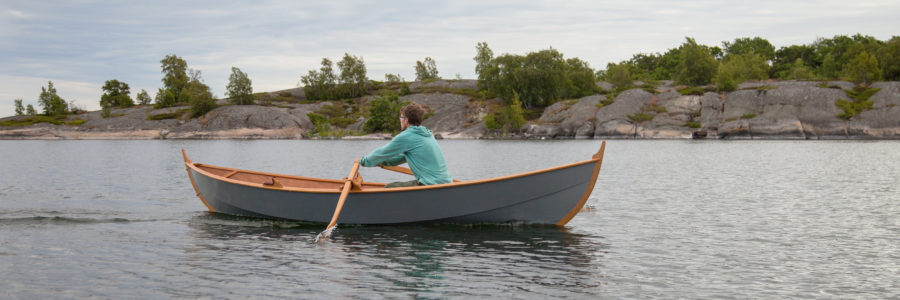

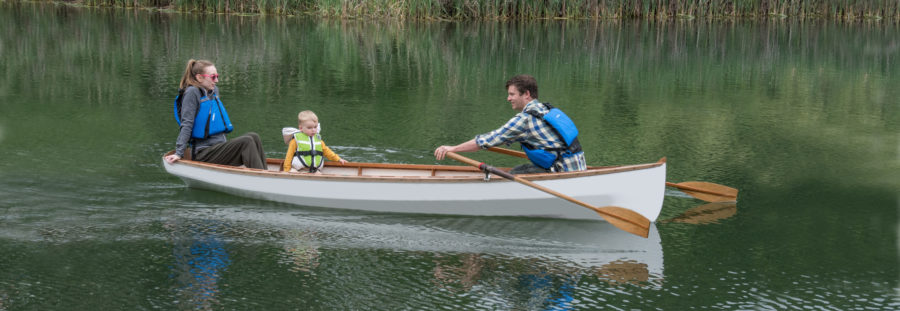
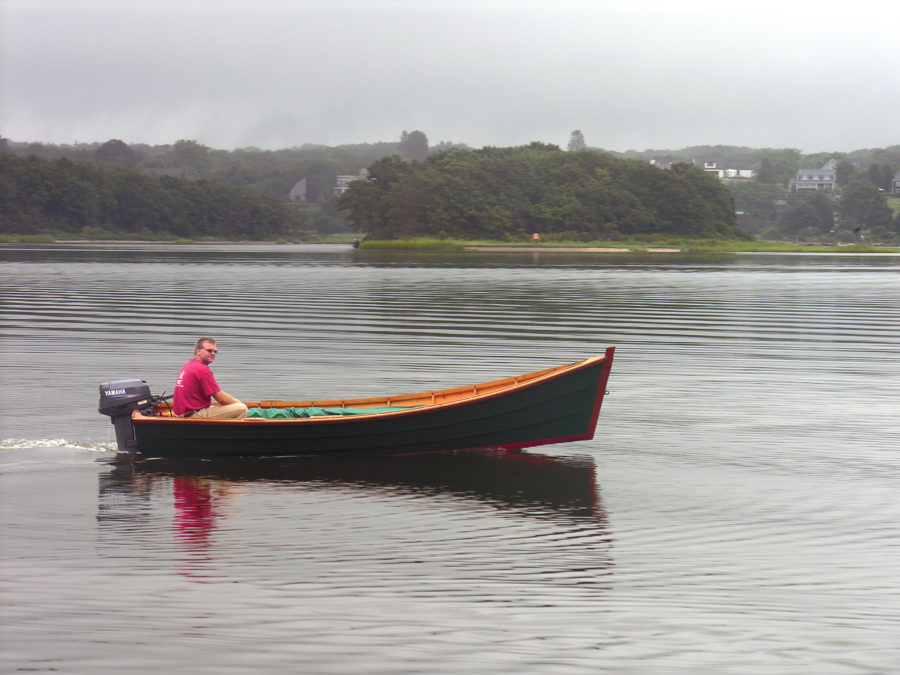



Great job on a beautiful boat. Gentry’s designs offer a very economical entry into boatbuilding and I’m sure will continue to capture a loyal following for years to come.
I am currently wrapping up work on one of Dave’s Chuckanut kayaks. I hope to have it in the water soon. The Whitehall is very high on my list of boats I want to build.
Hi James, I am taking two months off this October to build one of these in my yard. I also have a pile of walnut logs drying which hopefully I can get some parts out of. I want to experiment with older rowing fittings like thole pins or kabes and I was hoping that I could insert different styles temporarily as you say you did with your forward oarlocks. Are there any more details you could share about how you fabricated those?
Greg, the short answer is that I wouldn’t recommend doing what I did – the oarlocks weren’t that useful and will absolutely not last.
Here are some options that might send you in a better direction.
If I were doing it again, I think I’d lay up thin veneers to make what is basically a piece of plywood with a 90-degree bend. (Imagine taking a flat piece of 1/2″ ply about 2.5″ X 20″ and bending it over your knee to make a right angle.) One end of this would get the oarlock. The other end would drop through a space in the gunwale and tie into some kind of lower structure. I’d build up and shape the outrigger so that it neatly fit into the gunwale hole—there’s a lot of force being transmitted.
Best of luck with your build!
Can you provide a sketch of the stern seat modification you did? Or a verbal description. I’m about to start my own Whitehall.
I would like to add, now that I have finished and spent a season using Gentry’s Chuckanut 12s kayak. The only hole I managed to put into it was on a boat ramp. I put her down in knee-deep water, climbed in, and a passing motorboat pushed me up onto the concrete. In maneuvering off, I managed to rub through the canvas in one spot.
When I build the Whitehall, I would be tempted to add a stainless or brass rubbing strip from stem to stern to give her that more shippy look and alleviate the chances of grounding and grinding.
Is anyone aware of any lapstrake versions of this design?
I like the lines and size, but not the skin so much.
Yes, Iain Oughtred has a 12′ skiff called the Acorn, beautiful little boat, which I happen to be building right now. Can’t wait to get it done!
Funny… I have plans still (and the marine ply to build one!) for Iain’s Acorn after some number of years having passed. I built a stripper 14′ scow 50 years ago knowing sod all, it lasted maybe seven or eight years before becoming unsafe but was gangs of fun ’till that day! In late 2019 I started assembling a CLC Waterlust canoe (have plans for Ian’s MacGregor too…) launched two years later. Now I’m finding the building to be calling me once again; this Whitehall lightweight appeals in many aspects: light, easily car-topped, fast, fairly inexpensive, and not least of all very beautifully designed. I may very well order plans then dream until frost comes again in six months and I can retire to my basement shop for the winter.